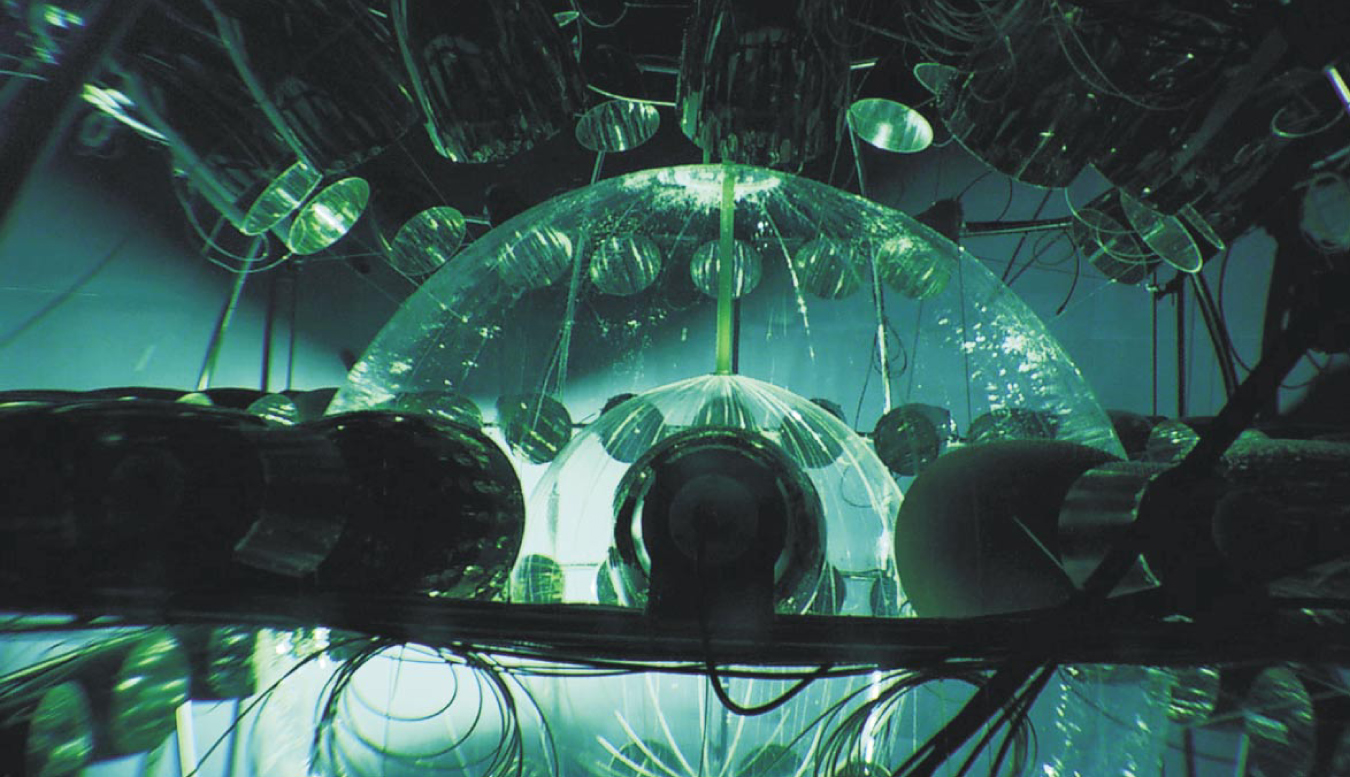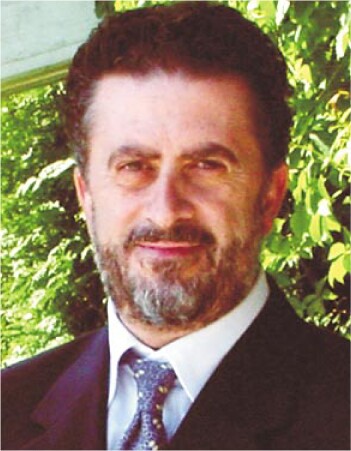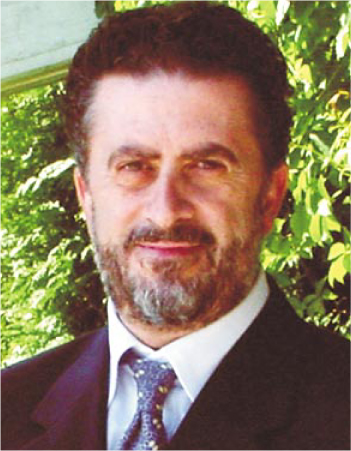Italy’s Underground Lab Recuperates From Toxic Spill, Gets New Director
DOI: 10.1063/1.1611346
“I think the worst moment is in the past,” says Eugenio Coccia, his feet barely wet as new director of Gran Sasso National Laboratory in the Apennines, northeast of Rome. Coccia joined the world’s largest underground lab on 16 June, the same day that a court lifted a restriction that had brought the lab to a near standstill in the aftermath of a small chemical leak.
The leak occurred a year ago, when scientists who were testing the purity of the scintillator pseudocumene (1,2,4-trimethylbenzene) for Borexino, a solar neutrino detector, turned a reverse-oriented valve the wrong way. About 50 liters escaped. Picnickers smelled pseudocumene’s gasolinelike odor in a stream, says Frank Calaprice, the principal investigator for US participation in the experiment. “They found one dead fish. The incident was minor in terms of environmental damage, but major in terms of political implications for the lab.”
Indeed, the matter might have ended with an investigation into the mishap and improvements to Borexino, but environmentalists, with whom the lab has long had strained relations, took the lab to court. Safety inspections revealed that the drainage system was not tight; a future leak could potentially contaminate drinking water.
That news prompted the court, in late May, to seal off Hall C, where the leak originated. The National Institute for Nuclear Physics (INFN), which oversees the underground lab, suspended activities involving liquids across the whole lab. “This is a caution,” says INFN President Enzo Iarocci. “We wanted to show the maximum regard for the population. We understand that they should not have doubts about the water quality.” The ban encompasses cryogenic fluids. “We made the message very simple,” says Iarocci. “That’s why liquid helium got caught up in the issue.”
INFN’s preemptive actions, combined with petitions from scientists, apparently helped. On 16 June, the court relaxed its restriction, which had crippled not only Borexino, but other experiments in the same hall, notably the Oscillation Project with Emulsion-tracking Apparatus (OPERA), a detector that will look for oscillations in neutrinos beamed from CERN, some 730 kilometers away. Then, on 27 June, the Italian government declared the lab and the surrounding area to be in a state of “socioeconomic and environmental emergency,” a move lab officials say should speed up the investigation and repairs of the drainage system.
Meanwhile, the labwide no-liquids ban stands, but Borexino scientists have resumed setting up the experiment, which will be the first to count, in real time, low-energy neutrinos from beryllium-7 interactions in the Sun. “The months of delay do tremendous damage,” says Borexino spokesman Gianpaolo Bellini of the University of Milan. Given enough time, Kamland, a reactor neutrino experiment in Japan, could match Borexino’s low background and become competitive, he says, “and it’s difficult to keep a collaboration together when an experiment is on hold.” Among the other experiments that could be affected, depending how long the ban lasts, are OPERA the Gallium Neutrino Observatory, for which data analysis requires periodic liquid extractions, and Cuoricino, a double beta-decay and dark-matter detector.
“We know that the lab is not polluting the environment, but we have to communicate better that the lab is doing high-level scientific activities, and that it’s safe,” says Coccia. “I hope that Gran Sasso will be back to normal in a few months.”
Coccia, a gravitational physicist from the University of Rome, succeeded Alessandro Bettini of the University of Padua as director.

A Borexino test facility containing 4 tons of pseudocumene—the full solar neutrino detector will use 300 tons—leaked a small amount of the scintillator, triggering environmental concerns at Gran Sasso National Laboratory.
BOREXINO COLLABORATION


MARCO GALEOTA/LNGS/ITALY

More about the Authors
Jim Dawson. American Center for Physics, One Physics Ellipse, College Park, Maryland 20740-3842, US .
